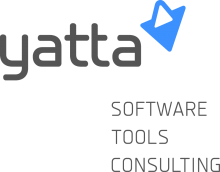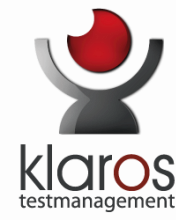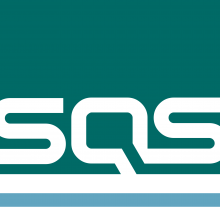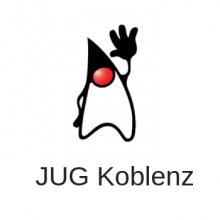Open IoT continues to be an important part of the Eclipse ecosystem. Join us for the 2018 version, where everyone can play!
Playground hours are Wednesday, October 24, 12:30 to 20:00.
2018 Playground Participants
Eclipse Kuksa Rover Demo
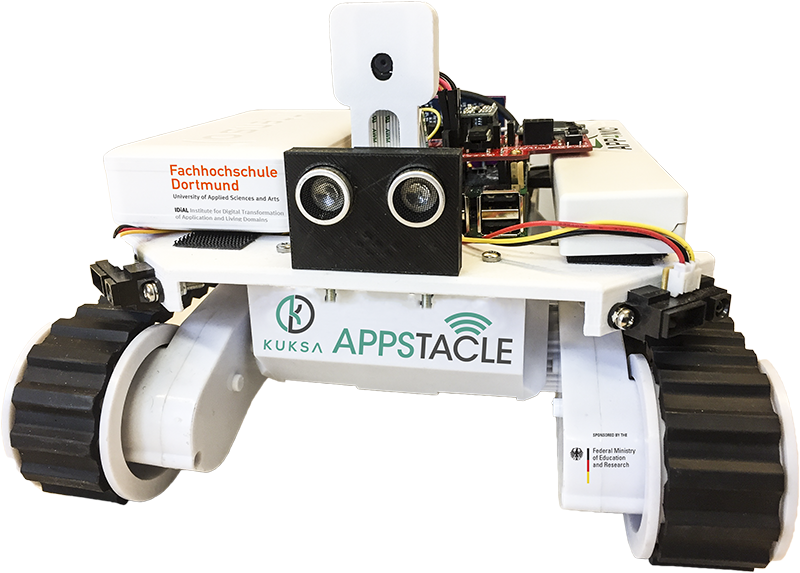

Often today's automotive software systems are developed in silos, making it difficult to solve long-term challenges. A standard for car-to-cloud scenarios improves development and opens the market without compromising security. Automotive players also need technical innovations to solve challenges in connectivity, OTA maintenance, automated driving, and more. The open and secure Eclipse Kuksa project provides a platform that serves those purposes.
Play with a rover at the Kuksa station and try out features like the adaptive cruise control and parking via commands sent by a browser. Communication with the rover is handled with other Eclipse IoT tools like Eclipse Hono. Control the Rover via a Web UI, hook it to your custom app, or just tinker with it.
Enable Autonomous Smart parking over the Bridge.IoT Decentralized Data Marketplace
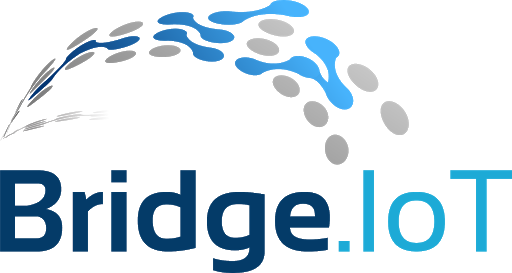
The goal of Bridge.IoT is to develop an open source data marketplace stack that is able to "bridge" today's data silos and foster collaboration among independent stakeholders by providing a marketplace backend and APIs / SDKs for data providers and consumers.
The Bridge.IoT station will showcase an automatic parking use case. A car requests a parking service and, based on the current position and economic conditions, is offered an optimal parking space. Next, the Command & Control API from Eclipse Hono steers the car into the space.
Try your hand at these tasks:
- Adding and removing parking spaces by offering data from new sources coming onto the marketplace
- Extending the showcase via integration with the advanced functionalities of the Eclipse Kuksa Rover
- Developing an Obstacle Detection Service that recognizes obstacles and sells this information to the smart parking service for automatic adaption of routing guidance; take it further and determine the correct price for this service!


NEXT Educational Robot

The NEXT robot is an educational robot designed to introduce kids to the world of programming. NEXT is able to chat with kids, thanks to its microphones, speakers, and cloud connection, where all the smart processing occurs.
Originally, the main feature of the robot was the ability to program its trajectory (and other features) through a set of buttons at the top of the robot and via a smartphone app. Now, thanks to the AGILE IoT project, the robot is able to capture an incoming voice and answer coherently. The captured audio is sent through WiFi to the AI cloud platform FIONA, where it is processed. Then a spoken answer is generated, sent back to the robot, and played through its speakers.
Come have a chat with the robot, try playing with it, and share your experience with other educational platforms for kids.
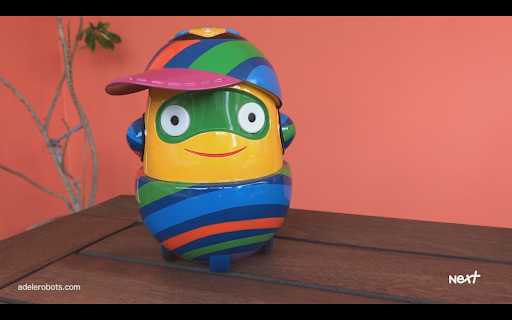
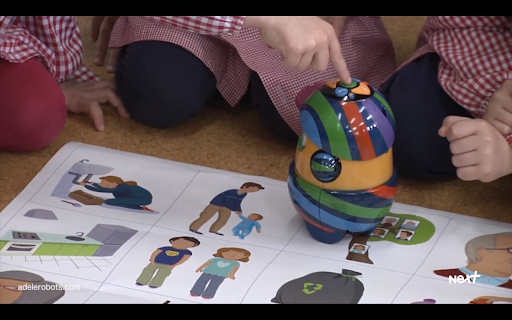
Model-based Development of Robust Systems with Eclipse Cyclone DDS
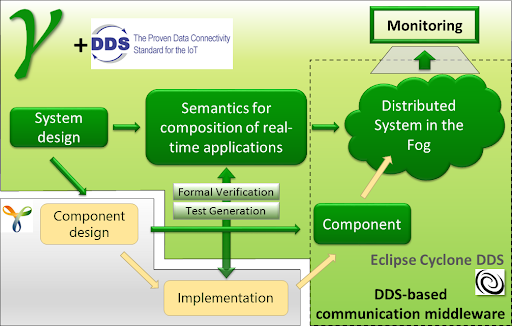
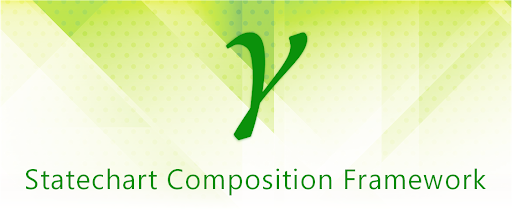
This demo features a crossroad with traffic lights. We use an open source DDS implementation to enable communication between the components in the system. We include the physical system as well as the tool support for designing distributed, critical IIoT applications.
The traffic lights are designed separately with the help of the Yakindu statecharts tool. The configuration of the distributed systems is designed in the Gamma Statechart Composition Framework. The source code is automatically synthesized, and the configuration of the Eclipse Cyclone DDS (current version: Vortex) middleware is also generated.
symbIoTe Interoperability Middleware for Secure Interworking between openHAB and Proprietary Platforms in Smart Home Environments
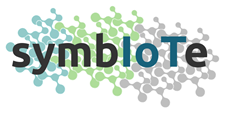
symbIoTe is the interoperability middleware designed and developed by the H2020 project symbIoTe (available at https://github.com/symbiote-h2020). It is a unique solution for IoT interoperability that extends existing IoT platforms with features relevant to semantic interoperability and attribute-based access control so that platform owners can open up access to their devices in a standardized and secure way.
symbIoTe-enabled platforms facilitate rapid creation of IoT applications across devices managed by different platforms where app developers do not need to own nor operate the IoT infrastructure.
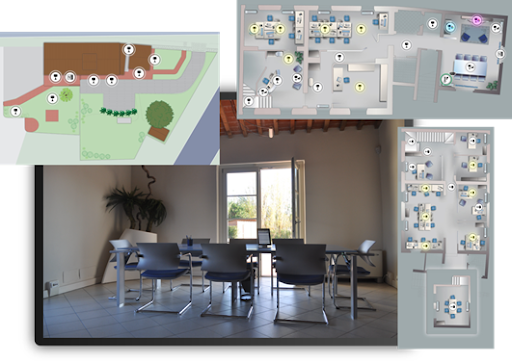
This demo uses the symbIoTe middleware to implement and configure comfort Smart Home scenarios for two locations operated by different platform, based on location. A user can select devices from any of the platforms and configure them to automatically manage actuation (such as curtains and lighting) depending on sensor states (such as user presence). Emulation of a smart home environment will be provided with on-site devices, while a remote location will be covered by web cameras.
Questions?
Email us at playground@eclipse.org.














